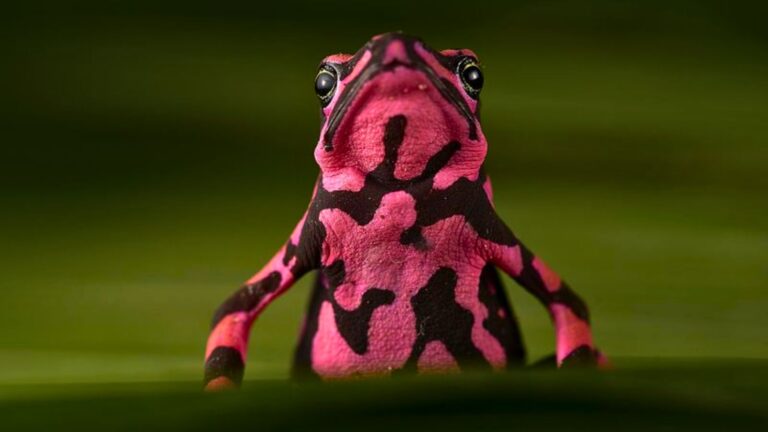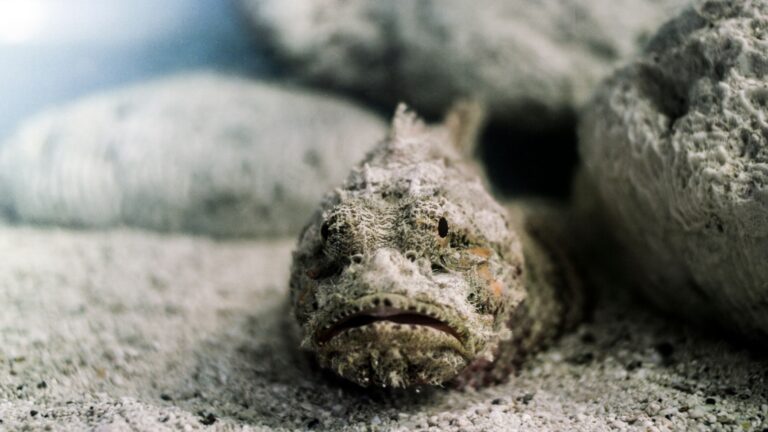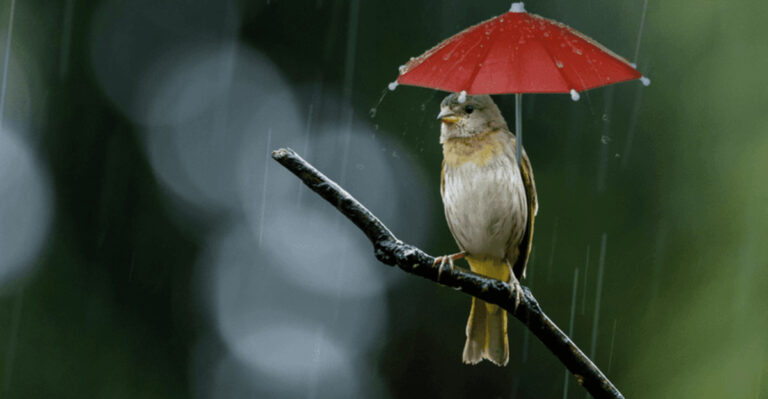7 Ancient Predators That Targeted Early Humans (And 4 That Helped Shape Our Evolution)
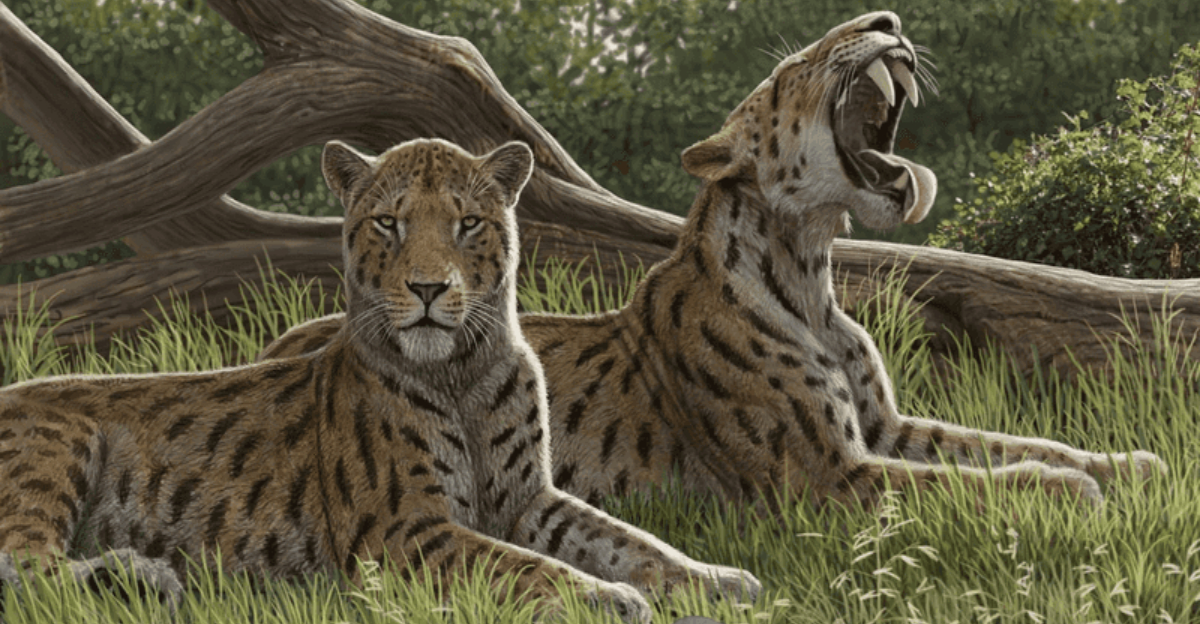
Our human ancestors faced a dangerous world filled with terrifying predators that saw them as easy meals.
For millions of years, early humans had to outsmart powerful creatures with sharp teeth, incredible speed, and deadly hunting tactics.
These predator-prey relationships didn’t just threaten our existence – they actually helped shape who we are today by forcing us to develop bigger brains, better tools, and stronger social bonds.
1. Saber-toothed Cats: Deadly Daggers In The Dark
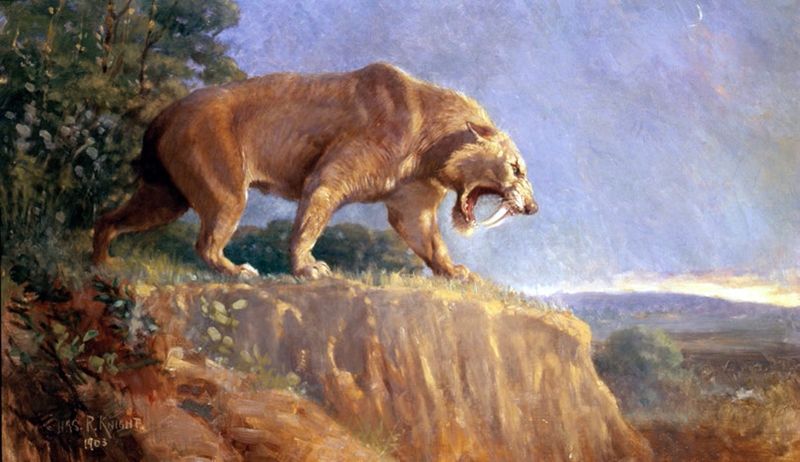
Armed with massive canine teeth up to 7 inches long, saber-toothed cats were nightmare predators for our ancestors. These muscular hunters weighed up to 600 pounds and could take down prey much larger than themselves.
Fossil evidence shows saber-tooths often ambushed humans near water sources where our ancestors gathered. Unlike modern big cats that kill with a throat bite, saber-tooths used their iconic teeth to deliver devastating slashing attacks to the belly and throat.
Early humans likely feared the distinctive silhouette of these cats, whose specialized hunting technique remained effective for millions of years until their extinction about 10,000 years ago.
2. Giant Short-faced Bears: The Ultimate Apex Predator
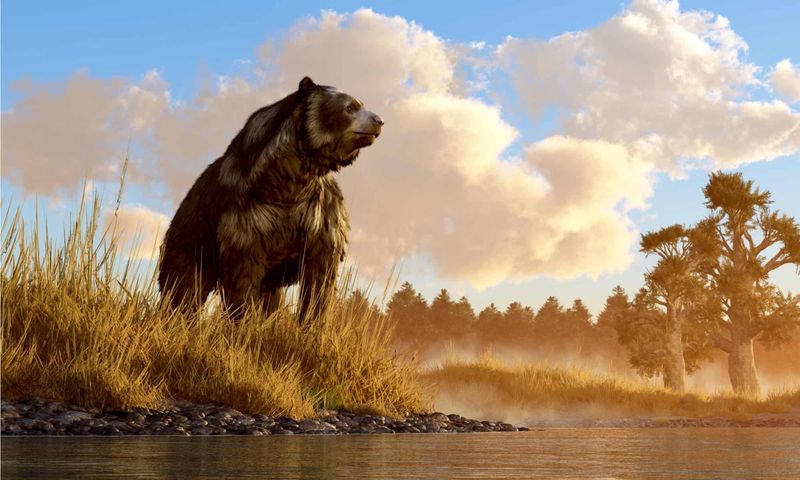
Standing 12 feet tall on hind legs, the short-faced bear dwarfed anything alive today. These colossal creatures could sprint at 40 mph – faster than Olympic sprinters – giving our ancestors virtually no chance of escape when spotted.
Unlike modern bears, these prehistoric monsters were hypercarnivores, meaning meat made up over 70% of their diet. Their massive jaws could crush bones with ease, and their long legs allowed them to chase down prey across open plains.
Cave paintings suggest early humans held special fear for these bears, depicting them as fearsome spirits. Their extinction around 11,000 years ago removed one of humanity’s most formidable threats.
3. Cave Hyenas: The Bone Crushers
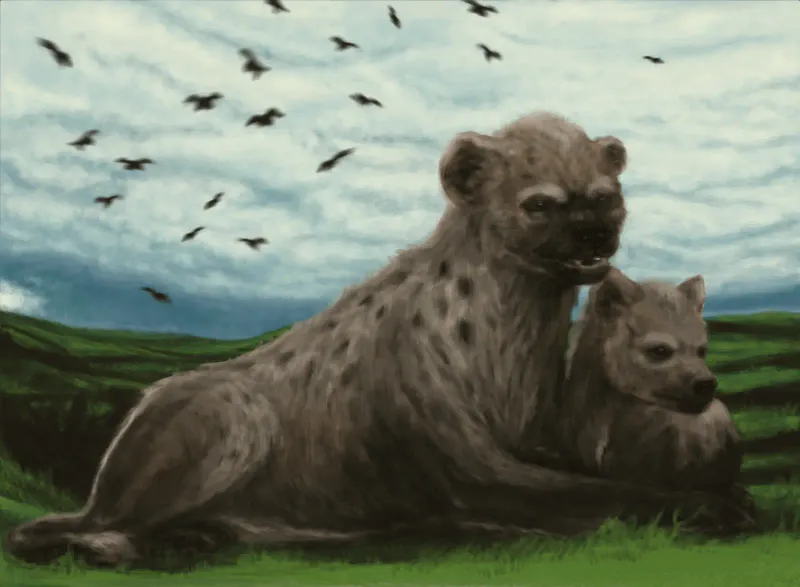
Larger and more aggressive than modern hyenas, cave hyenas were specialized human hunters that terrorized our ancestors across Europe and Asia. These 200-pound predators hunted in coordinated packs of up to 30 individuals, easily overwhelming lone humans or small groups.
Archaeological evidence shows cave hyenas frequently raided early human camps, stealing children and attacking the weak. Their bone-crushing jaws were powerful enough to pulverize a human femur – explaining why human remains in cave hyena dens are often found as fragmented bone splinters.
The constant threat from these relentless pack hunters likely pushed early humans to develop better shelters and fire use for nighttime protection.
4. Terror Birds: 10-Foot Feathered Nightmares
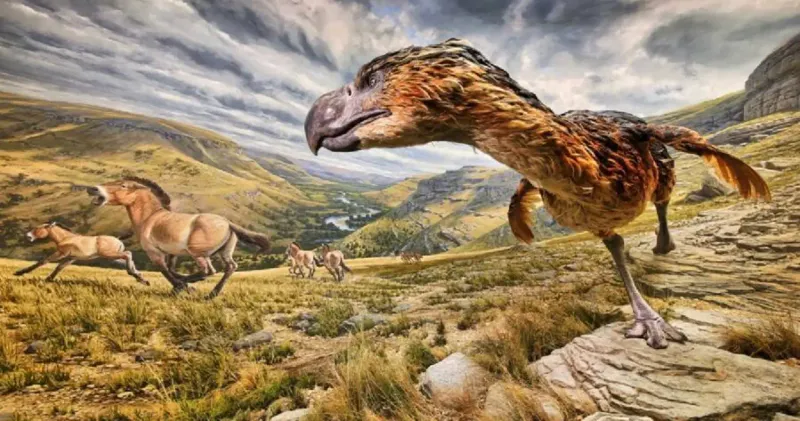
Imagine a bird taller than a grizzly bear with a head the size of a horse’s and a beak designed to spear prey. Terror birds dominated South America for millions of years, evolving as the top predators in a land without large cats or wolves.
When humans first migrated to South America, they encountered the last surviving species of these avian monsters. Unlike most birds, terror birds were flightless but incredibly fast runners, capable of chasing down humans with their powerful legs.
The most terrifying aspect was their hunting technique – using their massive beaks like pickaxes to repeatedly stab prey to death, a method that would have been particularly effective against soft-skinned humans.
5. Megalania: Australia’s Dragon-Sized Lizard
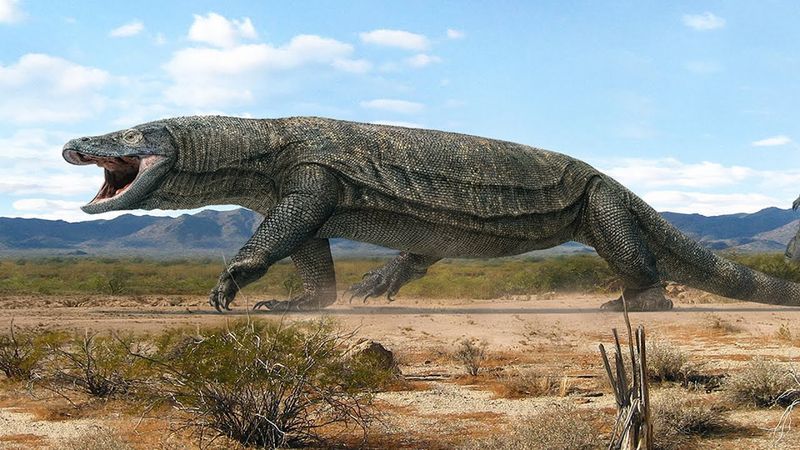
When humans first reached Australia around 65,000 years ago, they encountered a true monster – Megalania, a venomous lizard reaching 23 feet long. Think of a Komodo dragon, but three times larger and far more aggressive.
Aboriginal stories describe a giant lizard that ambushed hunters and could swallow children whole. Like its modern relatives, Megalania likely had bacteria-filled saliva and possibly venom glands, meaning even a small bite would lead to blood poisoning and death.
Evidence suggests these giant reptiles specifically targeted human camps, drawn by the smell of food and easy prey. Their extinction shortly after human arrival hints at how seriously our ancestors took this threat.
6. Dire Wolves: Not Just Fantasy Creatures
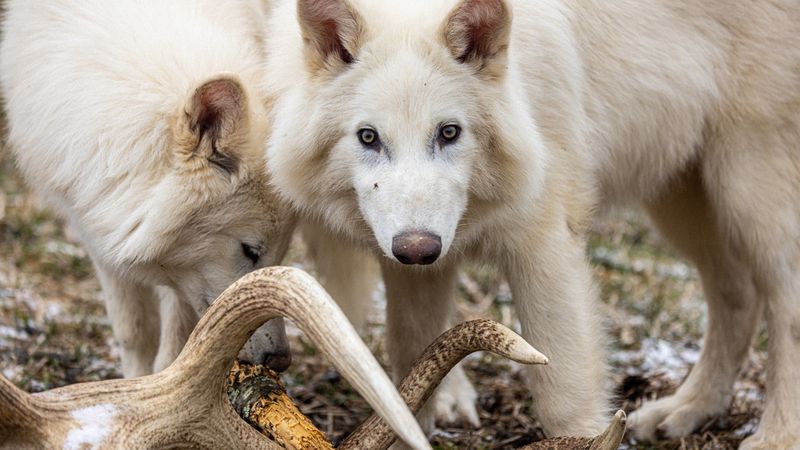
Long before Game of Thrones made them famous, real dire wolves hunted humans across North America. Unlike the show’s horse-sized versions, actual dire wolves were only slightly larger than modern wolves but had significantly stronger jaws and teeth specialized for crushing bone.
What made dire wolves especially dangerous was their pack hunting style. Fossil evidence shows they operated in groups of up to 30 wolves, surrounding human camps and attacking from multiple directions.
Early Native American tribes considered dire wolves spiritual beings due to their intelligence and coordinated hunting tactics. Their sudden extinction around 10,000 years ago remains mysterious, though climate change and competition with humans likely played major roles.
7. Machairodus: The Scimitar Cat
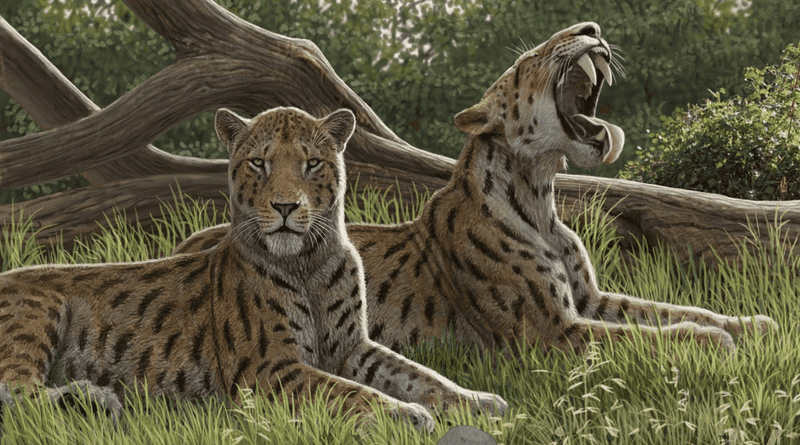
Before the famous saber-tooths evolved, Machairodus ruled as Earth’s premier cat predator for over 5 million years. These 400-pound felines combined the speed of a cheetah with the power of a tiger, making them perfectly adapted to hunt early humans in the African savanna.
Unlike modern cats that target the throat, Machairodus used their curved, serrated teeth to slash open the abdomens of prey, causing rapid blood loss. Early human fossil remains show distinctive slicing marks from these distinctive teeth.
Some paleoanthropologists believe Machairodus specifically targeted human ancestors, as we moved predictably between water sources and lacked the speed to escape – essentially becoming their preferred prey item in many regions.
8. Canis lupus (Gray Wolf): The First Hunting Partners
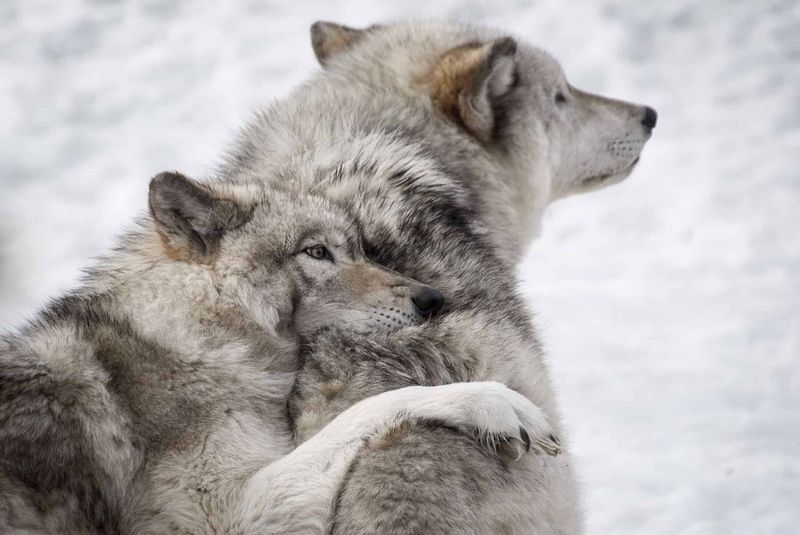
The domestication of the gray wolf into dogs was one of the most significant milestones in early human evolution. This relationship not only provided humans with hunting partners but also helped form the social bonds that are fundamental to human communities.
Early humans observed wolves’ pack dynamics and hunting strategies, and through domestication, wolves became loyal companions and guardians. This partnership allowed early humans to hunt more effectively, develop early agriculture, and establish stable settlements.
The bond between humans and dogs continues to be one of the longest and most successful symbiotic relationships in human history, helping to shape human society in numerous ways.
9. Chimpanzees: Our Closest Living Relatives
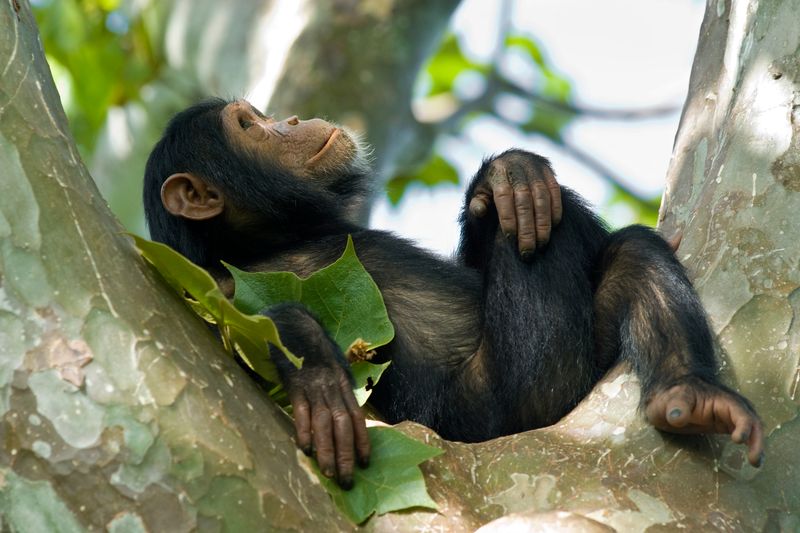
Chimpanzees are our closest living relatives, sharing about 98% of our DNA. Studying them has provided us with critical insights into human behavior, social structures, and cognitive abilities.
Early humans likely shared common ancestors with chimpanzees, and understanding their tool use, communication methods, and complex social systems has helped researchers piece together how early humans evolved.
By observing chimpanzees, we see similarities in problem-solving, emotions, and even the development of culture, offering a clearer picture of the roots of human evolution.
10. Aardvarks: Digging Into Survival
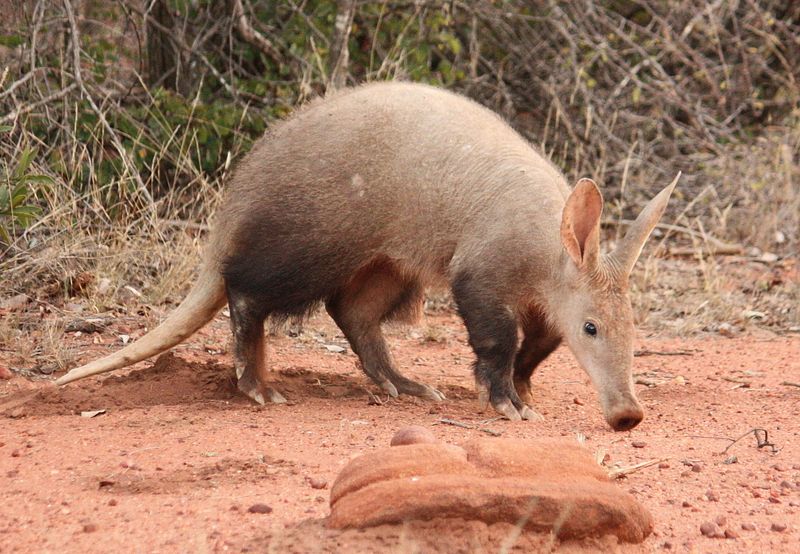
The aardvark, known for its unique digging abilities and nocturnal lifestyle, is an example of how animals adapted to different environments influenced human development. Early humans, much like aardvarks, needed to adapt to diverse habitats to survive.
The aardvark’s skill in digging for ants and termites helped early humans in the development of their own tool-making and hunting strategies, as they began to use similar techniques to gather food or access shelter.
The behaviors of such creatures might have contributed to early humans’ own adaptation to survive in a variety of ecosystems.
11. Woolly Mammoths: Giants That Shaped Human Progress
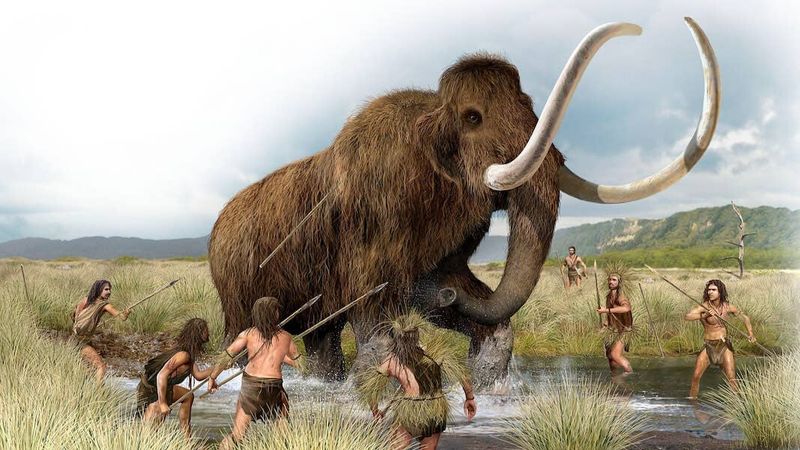
The woolly mammoth was one of the most significant species in early human evolution. As one of the largest animals to roam the Earth during the Ice Age, the mammoth was a crucial food source for early humans, particularly for hunter-gatherer tribes.
Hunting and utilizing mammoths forced early humans to develop advanced hunting strategies, tools, and social cooperation, all of which were necessary for survival.
The mammoth’s extinction, likely due to a combination of climate change and overhunting, pushed early humans to adapt to new food sources, ultimately leading to advancements in agriculture and society.



